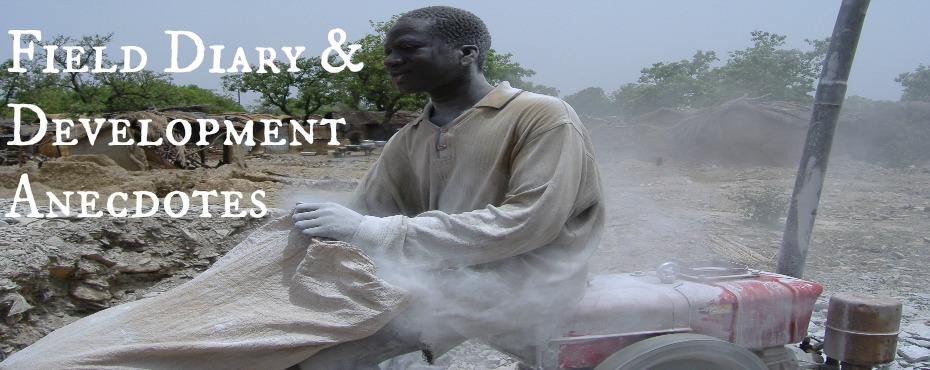As an academic who carries out research on mining in developing countries, it is almost impossible to sidestep discussions on the resource curse. In layman’s terms, the resource curse refers to a paradox: that of mineral-rich countries performing poorly economically. The debate centres heavily on the issue of Dutch Disease: that is, the propensity for mineral and oil booms to cause an appreciation in a country’s real exchange rate, which makes the agriculture and manufacturing sectors less competitive in the world market. This, in turn, leads to the financial resources that are normally earmarked for developing these sectors to be used elsewhere (more specifically, for developing further the booming sector) – a move which makes a country more one-dimensional economically. Proponents point to how in developing countries where minerals and/or oil account for the majority of exports, there is little development taking place: that countries such as Angola, Nigeria, Bolivia and the DR Congo have experienced negative per capita GDP growth over the past 10-15 years, and occupy the lowest ranks on the UNDP’s Human Development Index.
There are, of course, those who question the credibility of the arguments put forward by proponents of the resource curse. They point to how the data used have been selected at random, and argue that the cases of Botswana and Chile show how a resource curse-type situation is not necessarily an inevitable outcome in mineral and oil-rich developing states. They also suggest that GDP per capita and the Human Development Index are not very reliable indicators of economic performance.
But what puzzles me is how proponents and skeptics alike have focused overwhelmingly on the macroeconomic element in their discussions. Is it, after all, as clear-cut as is so often depicted? More specifically, is it a case of simply looking at what contributions, say, the gold mining industry is making to Ghana’s economy, and how prioritizing its development is affecting other industrial sectors? Or how prioritizing the extraction of oil in Nigeria has rendered its agricultural and manufacturing economies defunct to the point where they are ‘un-revivable’?
What never ceases to amaze me, however, is how the researchers supposedly analyzing the performance of reformed mineral economies fail to take into account the ‘hidden’ costs of intensified mineral or oil exploitation. For example, how many people have been dislocated as a result of increased gold production in Ghana and Tanzania over the past two decades? And Shell’s increased production of oil in Nigeria? Governments are often forced to bear the long-term costs of the inevitable dislocation and relocation exercises that take place in order to accommodate the influx of foreign-financed large-scale oil extraction and mine development; and, are forced to deal with the community grievances that surface along the way. And, what about the long-term environmental impacts? Who is responsible for financing rehabilitation efforts?
Collectively, these costs comprise something which I refer to as the ‘social dimension of the resource curse’. And, if these issues are taken into consideration, the costs of large-scale oil extraction and mining will certainly be far greater than is assumed.
